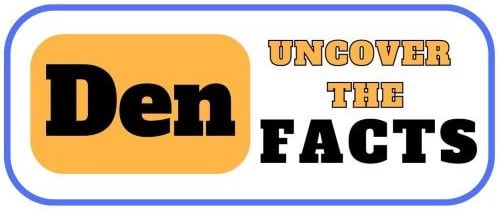Web 3.0, the next evolution of the internet, is poised to revolutionize the digital landscape. Beyond a mere technological advancement, it signifies a profound shift in philosophy, steering us towards a future where the internet is not just a tool but a collaborative and user-centric environment. Unlike its predecessors, it is characterized by decentralized protocols, increased user control, and the integration of cutting-edge technologies. This blog post aims to explore the key features and its implications.
Decentralization and Blockchain
One of the fundamental aspects of Web 3.0 is decentralization. Blockchain technology plays a pivotal role in achieving this, ensuring that data is not stored in a central location but distributed across a network of nodes. This not only enhances security but also eliminates the need for intermediaries in various online processes. One such use of decentralization can be seen in the way cryptocurrencies like bitcoin works.
Smart Contracts: The Building Blocks of Web 3.0
Smart contracts, defined as self-executing agreements with terms encoded directly into code, play a pivotal role in Web 3.0. By facilitating trustless transactions and automating intricate processes, they effectively reduce our dependence on traditional legal frameworks. Furthermore, the burgeoning emergence of decentralized applications (DApps) built on the foundation of smart contracts stands as a powerful testament to the transformative potential inherent.
Interoperability and Seamless Integration of Web 3.0
Web 3.0 aims to break down the silos that exist between different platforms and services. Interoperability is the key, allowing seamless integration of data and services across diverse applications. This interconnected ecosystem enhances user experience and fosters innovation by leveraging the strengths of multiple platforms.
User Empowerment and Privacy
Unlike the data-centric approach of Web 2.0, Web 3.0 prioritizes user control and privacy. Users have greater ownership of their data and can choose how it is utilized. This shift empowers individuals and aligns with the growing demand for digital sovereignty.
Transitioning Towards the Future
Web 3.0 marks not only a technological advancement but a profound shift in philosophy, ushering in a more user-centric, secure, and interconnected internet. As we actively witness the gradual adoption of decentralized technologies and the simultaneous rise of blockchain-based applications, it becomes increasingly evident that it is effectively steering us towards a future that is more decentralized, transparent, and user-friendly.
Conclusion
In summary, the potential of a more inclusive, secure, and user-centric internet comes to the forefront. The decentralized nature of this emerging paradigm, coupled with innovations such as smart contracts and heightened privacy measures, signifies a noteworthy departure from the norms established by its predecessor. As we traverse this transformative journey, prioritizing the principles that define this new era becomes paramount. It is through this prioritization that we can actively shape a digital landscape aligned with the genuine needs and aspirations of its users in the era of web evolution.
